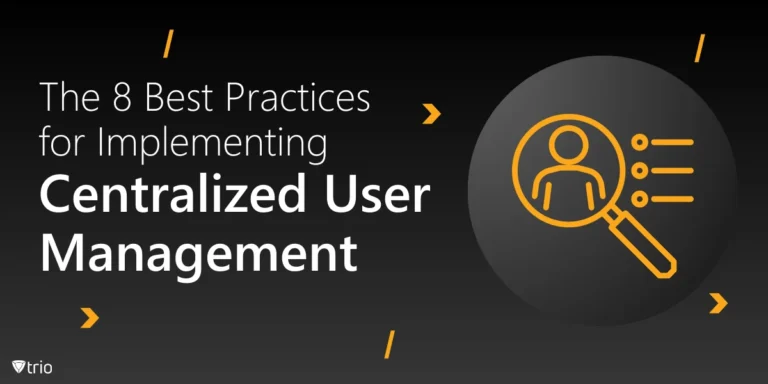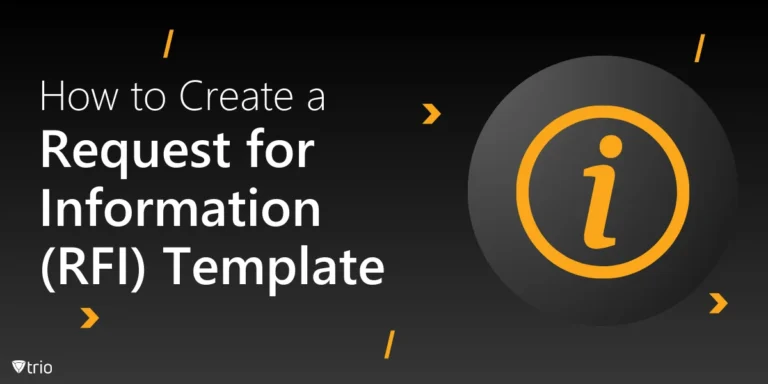The Internet of Things (IoT) has been making waves in various sectors, and the workplace is no exception. The integration of IoT devices in the business environment has revolutionized the way companies operate, enhancing efficiency, promoting collaboration, and fostering innovation. This article delves into the role of IoT in the workplace, exploring its applications, benefits, potential drawbacks, and ways to mitigate associated risks. Furthermore, it introduces the concept of mobile device management solutions as a means to safeguard IoT implementation in the corporate sphere.
Understanding IoT in the Workplace
In the realm of business, IoT refers to the integration of internet-enabled devices into the workplace setting. These devices, ranging from smart sensors and wearables to connected machines, are designed to collect, share, and analyze data. This data-driven approach allows businesses to gain valuable insights, optimize operations, and make informed decisions.
IoT devices for business are not just limited to conventional computers and smartphones. They extend to a wide range of devices such as smart thermostats, security cameras, lighting systems, and even coffee machines, all of which can connect to the internet. This wide-ranging connectivity fosters a connected, efficient, and dynamic working environment, propelling businesses into the future.
Applications of IoT in the Workplace
The applications of IoT devices in the workplace are vast and varied. Here are a few noteworthy examples of IoT in the workplace:
Smart Building Management
IoT devices play a crucial role in the management of smart buildings. They facilitate real-time monitoring and control of various building systems, including heating, ventilation, air conditioning (HVAC), lighting, and security. This not only enhances the comfort and safety of the workplace but also promotes energy efficiency, resulting in substantial cost savings.
Workplace Efficiency and Collaboration
IoT devices foster an environment of seamless communication and collaboration, irrespective of the physical location of employees. They streamline everyday tasks, automate processes, and provide real-time data analytics. This results in enhanced efficiency, improved productivity, and a boost in employee morale.
Employee Wellness and Safety
IoT wearables and sensors can be used to track vital signs, monitor ergonomic conditions, and enhance workplace safety. They can detect potential hazards and alert employees in real time, thereby preventing accidents and promoting a healthier work environment.
Asset Tracking and Management
IoT sensors enable businesses to track the location, condition, and usage of assets and equipment. This optimizes inventory management, prevents loss or theft, and reduces operational costs.

Benefits of IoT Devices in the Workplace
The incorporation of IoT in the workplace brings a plethora of benefits. Here are the most significant ones:
Enhanced Efficiency
IoT devices streamline everyday tasks and automate processes, freeing up employees to focus on strategic, high-value activities. This results in improved performance and productivity.
Improved Collaboration
IoT devices facilitate seamless communication and collaboration among teams. Standard video conferencing tools meet some of these needs, but advanced IoT technologies like augmented reality and telepresence robots offer even better experiences. These technologies improve how teams communicate with each other regardless of location.
Optimized Resource Management
IoT devices allow businesses to optimize resource allocation. For instance, smart building systems monitor and control various building functions to create energy-efficient work environments. This not only enhances the comfort of the workplace but also reduces operational costs.
Enhanced Employee Experience
IoT devices cater to the preferences and needs of individual employees, boosting satisfaction and engagement. For example, employees can use a digital workspace mobile app to book meeting rooms and seats.
Data-Driven Decision Making
IoT devices collect and analyze data, providing valuable insights into employee behavior, workflow patterns, and resource utilization. This empowers informed decision-making and strategic planning.

Challenges of IoT in the Workplace and Mitigation Strategies
Despite the numerous benefits, the implementation of IoT in the workplace does come with certain challenges. Here are the most common ones and ways to mitigate them:
High-Cost Investments
Implementing IoT devices and systems can be a costly affair. To address this, businesses can opt for a phased approach, starting small and gradually expanding their IoT infrastructure as they see the benefits and return on investment.
Cybersecurity Risks
The connectivity of IoT devices exposes them to potential cybersecurity threats. Businesses need to prioritize device security and invest in robust mobile device management solutions. The Trio MDM solution, for instance, can help IT administrators and companies safeguard their IoT implementation.
To witness firsthand the positive impact such a system can have on your operation, we invite you to try out Trio’s free demo and see how you can make a difference in IT automation at your organization.
Privacy Concerns
The use of IoT devices can raise privacy concerns among employees, as these devices can monitor their activities in the workplace. Companies need to strike a balance between leveraging IoT for business benefits and respecting their employees’ privacy rights.
Implementing IoT in Your Company
Implementing IoT in your company requires a strategic approach.
- Start by assessing your needs and identifying the specific problems that IoT can solve.
- Select the right IoT solutions that align with your requirements and develop a deployment strategy.
- Provide comprehensive training to your employees and continuously monitor the performance of your IoT initiatives.
Conclusion: Using IoT in the Workplace
The rise of IoT in the workplace is revolutionizing the way businesses operate. By enhancing efficiency, promoting collaboration, and facilitating data-driven decision-making, IoT is paving the way for a more dynamic and productive work environment. However, it’s crucial for your business to address the associated challenges, particularly in terms of cost, security, and privacy. By doing so, you can harness the full potential of IoT, transforming their workplace into a connected, efficient, and future-ready space.
The integration of IoT devices in the business environment signifies not just a trend but a necessity for modernizing the workplace and maximizing productivity. Therefore, it’s time for businesses to embrace IoT and ride the wave of digital transformation, ensuring a competitive edge in the rapidly evolving business landscape.








